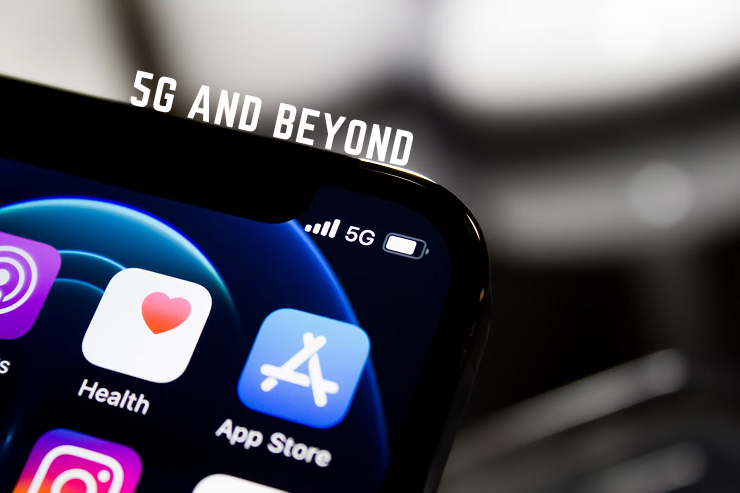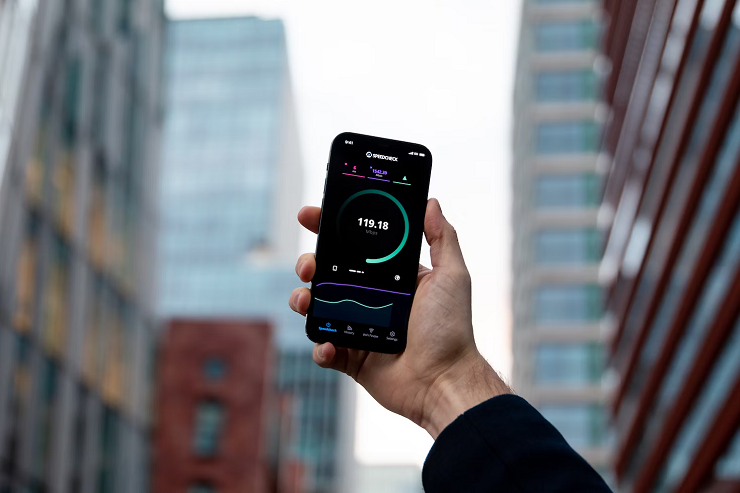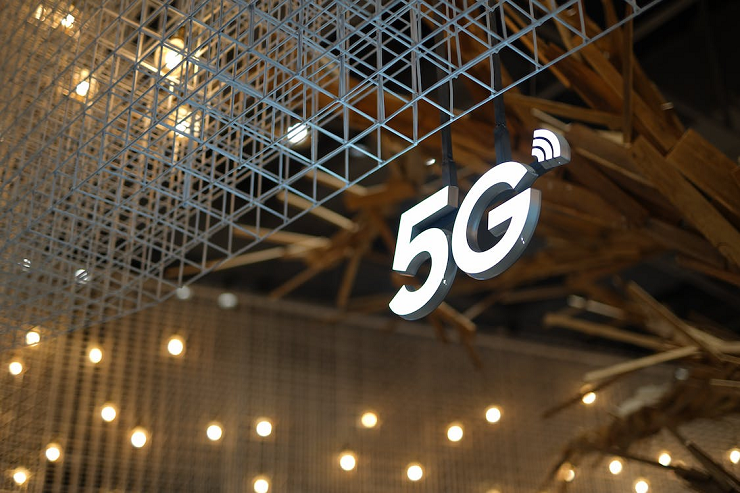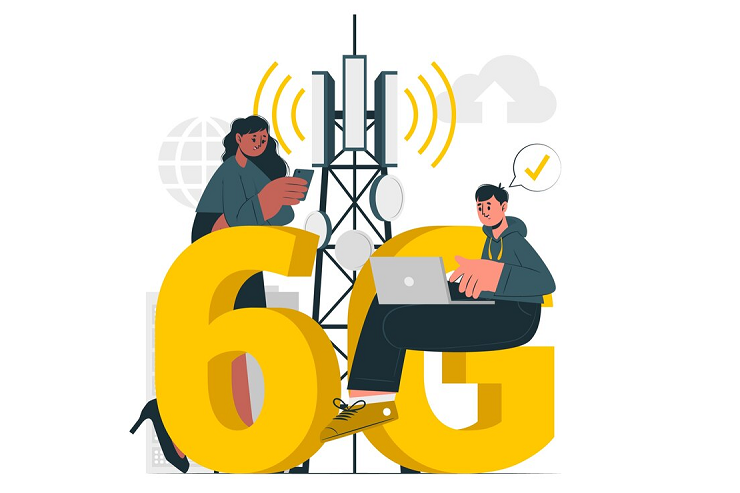

The rollout of 5G networks is well underway, with providers across the globe racing to deploy this next generation of wireless technology. 5G promises lightning fast speeds, ultra-low latency, and the ability to connect massive numbers of devices simultaneously. While the full capabilities of 5G have yet to be realized, it’s clear this technology will unleash incredible new possibilities in connectivity. In this post, we’ll explore what sets 5G apart from previous wireless generations and how its unique features can transform industries and enhance our daily lives.
One of the most touted benefits of 5G is raw speed. 5G networks are capable of multi-gigabit data rates, which equate to peak download speeds up to 20 times faster than 4G LTE networks. This means 5G users will be able to download full-length HD movies in seconds versus minutes. Speeds will be even faster than standard home broadband connections. While current 5G deployments deliver speeds in the range of 1 Gbps, theoretical maximum speeds could reach an astonishing 10 Gbps in the future. These unprecedented wireless speeds will revolutionize activities like video streaming, gaming, and augmented/virtual reality experiences.
In addition to delivering lightning fast speeds, 5G networks are engineered for very low latency. Latency refers to the time it takes for devices to communicate with each other over the network. 4G networks have average latencies of around 50 milliseconds, while 5G aims for 1 millisecond or lower. This ultra-responsive performance will enable new time-sensitive services and applications. For example, self-driving vehicles relying on 5G connectivity can make rapid driving decisions based on real-time data. Low latency also ensures seamless performance for mobile gaming, virtual reality, videoconferencing, and other interactive apps.

Along with blazing speeds and low latency, 5G networks have greater capacity than previous wireless generations. This means the technology can maintain performance even with skyrocketing user demand and a massive influx of connected devices. While 4G can support up to 100,000 devices per square kilometer, 5G theoretically supports up to 1 million devices in the same area. The combination of high bandwidth and dense small cell infrastructure gives 5G this expanded capacity. This foundation will enable the Internet of Things revolution, where everything from appliances to vehicles to city infrastructure will come online. This powerhouse of capacity will certainly revolutionize your home network and enhance the interconnectedness of home devices.
So how exactly does 5G deliver this enticing mix of speed, responsiveness, and capacity? The technology utilizes new higher-frequency radio wavelengths along with advanced antenna technologies. Specifically, 5G makes use of mmWave spectrum which supports massive bandwidth for superb data transfer rates. It also divides high-bandwidth mmWave into smaller subchannels to maximize capacity. Massive MIMO technology utilizes a large array of antennas for more targeted and efficient transmission between devices and towers. Finally, small cell infrastructure such as light poles and buildings fitted with radios and antennas pushes mobile signals closer to users, increasing coverage density. Together, these capabilities allow 5G networks to offer connectivity enhancements far beyond previous generations.

5G’s features truly represent a quantum leap in wireless communication. As 5G continues rolling out globally, what can we expect in terms of practical consumer and industry applications? Here are some of the game-changing 5G use cases experts envision coming to fruition:
This list just scratches the surface of 5G’s disruptive potential. Truly, ultra fast 5G could fundamentally alter how we interact with technology across every domain.
5G networks are continuing their expansion, but what comes next? Telecommunication companies and standards bodies are already exploring 6G, along with other conceptual next generation protocols. Early 6G research indicates it may utilize higher frequencies in the sub-terahertz and terahertz bands to achieve wireless speeds up to 1 Tbps. Phased array antennas and new waveforms are other areas being studied. 6G could potentially debut in the late 2020s. Beyond speed, future generations may increasingly focus on spectral and energy efficiency. Sustainability will be emphasized, with greater integration of AI for optimal network operation.
There’s even discussion of space-based internet transmission leveraging low earth orbit satellites. While the future remains speculative, one thing is certain – ever faster wireless will continue revolutionizing society like never before. The adventures ahead look increasingly exciting.

5G represents the vanguard in the continual push toward faster, more responsive, and more capable wireless connectivity. Early 5G deployments are already demonstrating huge leaps over previous generations. As the technology proliferates in the coming years, consumers and industries across the globe will benefit tremendously from the unlocking of new possibilities. Dreams like ubiquitous augmented reality, self-driving cars, and the Internet of Everything are inching closer to reality. Beyond 5G, we can expect even more exotic and transformative applications as researchers push the boundaries of wireless communication further still. While the future remains uncertain, one thing is clear – ultra fast connectivity will continue revolutionizing how we live, work, and play.
The potential of 5G and beyond should excite us all as we head into this next chapter of the wireless odyssey. The future remains full of promise and untapped potential thanks to the relentless march toward the ultimate vision of speed, responsiveness, and true mobility.

I’m a Nerd and very proud of it! I love to write about anything Tech related. Subscribe to our blog for helpful tips, tricks & news.




